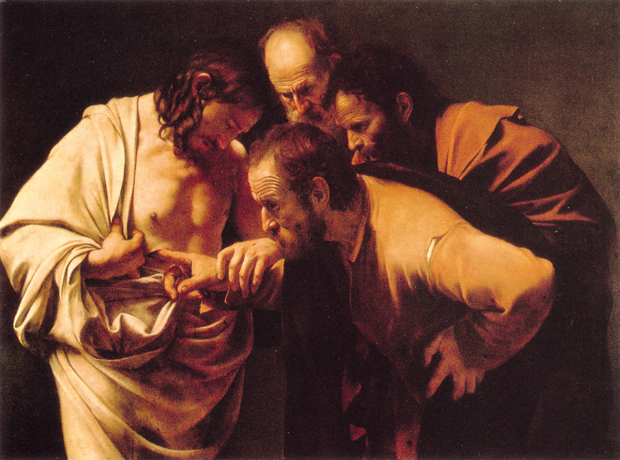
Caravaggio DNA-testing 400 years after the artist's death
The mystery of how the hellraiser met his end unfolds
To mark the 400th anniversary of Caravaggio’s death this year, Alastair Smart considers the intriguing forensic investigations currently going on in Italy – which are using the latest DNA and carbon-dating technologies to try and finally discover how the homicidal hellraiser met his end, in July 1610, aged 39.
Caravaggio's death has been forever shrouded in mystery, with countless causes suggested down the centuries – malaria, syphilis, heart attack, even murder by the Knights of Malta – but scientists from the University of Bologna now claim to be getting very near the truth. Caravaggio’s remains were never found, but it’s long been mooted (thanks to a local friar’s report on a faded piece of 17th-century parchment) that they ended up in San Sebastiano cemetery, in the coastal town of Porto Ercole in Tuscany.
After digging up and analysing various bones from the site, the investigators proclaim they’ve found one set – belonging to a middle-aged man who died in the early 1600s – which bear unusually high levels of lead: a sure symptom of paint-use, they say! Their next job will be to compare its DNA with samples from Caravaggio’s possible descendants, alive today in his Lombardian hometown.
The whole process does exude a slight whiff of wishful thinking, but it’s no less riveting for that. As much as we admire Caravaggio’s disturbing biblical scenes, and appreciate too his unparalleled use of light and shade for dramatic effect (something that’s influenced artistes from Rembrandt to Martin Scorsese), the tales of his personal life have always proved just as thrilling.
The details are well-known: after murdering a Roman pimp in 1606, he starts his long, zig-zagging flight from a papal death penalty, stopping off - amidst further brutal brawling - in Naples, Sicily and Malta. In July 1610 he ill-fatedly sets out on return to Rome, armed with three new paintings intended as gifts to win the pope’s pardon, but somehow he never makes it…
Here was a painter whose life was as tempestuous as his art, and the details of whose death may now provide (even if it is a long shot) the long-awaited dénouement to a fascinating life-story.
Here was a painter whose startlingly realistic, biblical characters were drawn directly from the dirty Italian back-streets he prowled – most infamously, his model for Mary in _Death of the Virgin _(1606), purportedly a dead prostitute whose body he had fished out of the River Tiber.
Even aside from talent, is it any surprise Caravaggio still stirs us today, in an age when so many artists seem bent on fame, fortune, shocking for the sake of it, and suffocating their work with the graphically autobiographical? Caravaggio, by contrast, was quite literally painting for his life, and his canvases offer a tantalising glimpse into a personal life that really was genuinely shocking.
Alastair Smart is the Arts Editor for The Sunday Telegraph